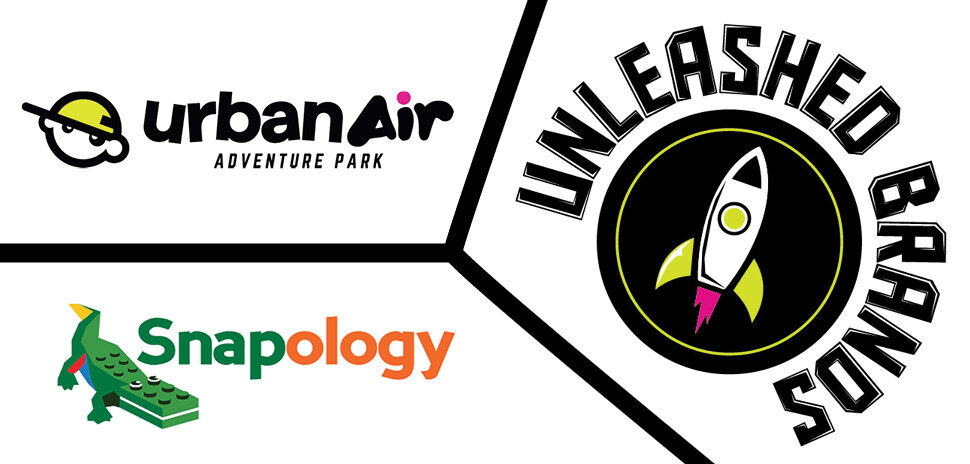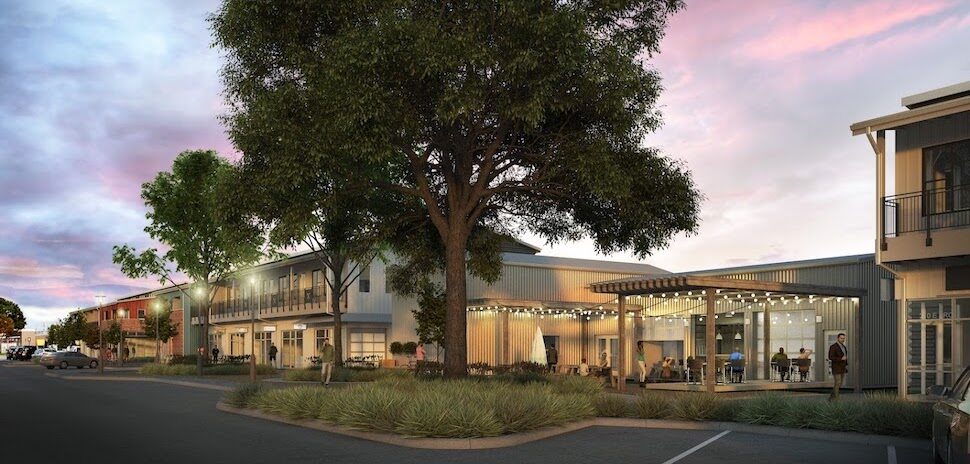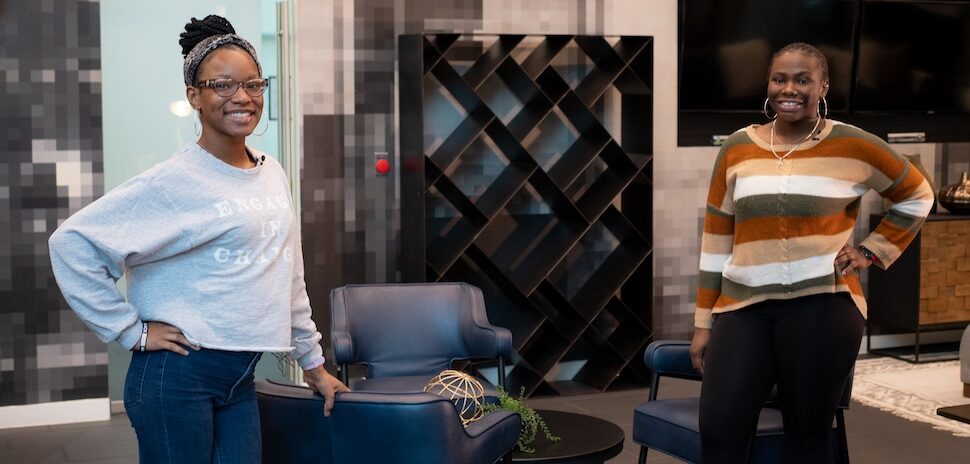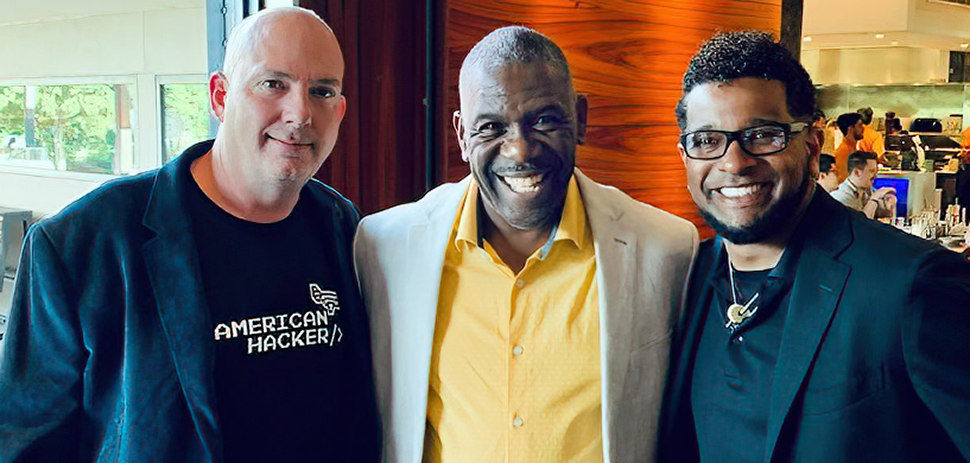The time is ripe for change of North Texas’ urban pattern, according to real estate developer and planner Paris Rutherford.
Take a gander of the area from a bird’s eye and the landscape creates no sense of place like Paris, France might, said Rutherford, a principal at Dallas-based Catalyst Urban Development.
Dallas-Fort Worth isn’t alone in feeling the effects of urban sprawl. Many other cities have grappled with similar issues of development sprinkling highways from the urban core to suburbia without meaningful connections in between.
“Ninety percent of our built environment is non-core urban places.”
Paris Rutherford
“This is the biggest urban issue that we face in the whole country, frankly,” Rutherford told a group gathered for a meeting of the Greater Dallas Planning Council this month. “Ninety percent of our built environment is non-core urban places.”
Urban sprawl, while it may be economically viable, could mean more dependency on the car, a costly framework due to low density, and bring about health issues, he said.
“If the plan hasn’t been put together well to resonate over time and keep people’s imagination up and want them to reinvest — then we’ve failed,” he said.
So what can we do?
Rutherford said the key to our future could lie in urban planning’s past.
ENTERING NORTH TEXAS’ GOLDEN ERA OF DEVELOPMENT
United Kingdom’s Sir Ebenezer Howard first proposed his urban planning method called garden city movement in the late 1800s.
His idea was to build self-contained communities outside of the urban core which would be connected through transit and surrounded by wilderness areas and farms.
Over time, we broke away from this design concept for suburbia, Rutherford said.
“In between we threw away all the hard stuff and kept the easy stuff which was development on the edge,” he said.
Now, he’d like to see a return to suburbia’s roots.
Developments such as Uptown Dallas, Addison Circle, and Shops at Legacy — projects Rutherford has worked on — already have transformed parts of their respective areas to make them more memorable and sustainable.
“We have some pretty remarkable [natural] assets in our region.”
Paris Rutherford
He said North Texas is primed for its “golden era,” with many more opportunities to reinvent areas to be more conducive with the community-based design model.
“I think we’re entering into a time of real opportunity because the population is starting to understand more of these issues that we are talking about,” Rutherford said.
The first step, will be creating what he referred to as “nodes” or “pockets of development,” interconnected with the transit and street system.
At the same time, he suggested rediscovering the nature around us instead of putting it at our back door.
“We have some pretty remarkable [natural] assets in our region,” Rutherford said.
Vision North Texas released a plan put together by regional experts that discusses North Texas’ future growth and includes aspects of Rutherford’s urban design ideas.
“That’s a good and necessary first step,” he said.
![]()
Get on the list.
Sign up to keep your eye on what’s new and next in Dallas-Fort Worth, every day.
And, you’ll be the first to get the digital edition of our new Dallas Innovates magazine:
The annual edition publishes in January
































